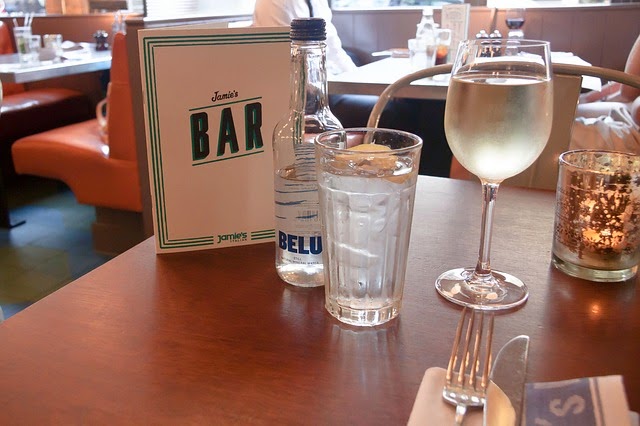Common layout of Korean meal is completely different from that of other
countries. A stew or stir-fried food with boiled rice as a main
dish and several side dishes come out altogether. It is almost impossible to
expect what kind of foods you will be served when you take a look of the menus
at first.
This is for you: the list of the most useful tips when you are at a Korea
restaurant.
1. Siksa and Anju
 |
| ecotour |
Most Korea restaurants have ‘Siksa’ and ‘Anju’ sections on the menu. Siksa
means a normal meal for lunch or dinner, and Anju is a food (or foods) served
to be taken with drinks for
more than two people. Of course Anju does not
include rice and sometimes even basic free side dishes.
2. Baekban or Jeongsik
Many restaurants have ‘Baekban’ or ‘Jeongsik’ menus which means Korean meal
course that consists of rice, soup, main dish and side dishes which may vary
daily. Main dish is usually stir-fried pork or grilled fish but it may not be
included for very cheap Baekban. Normal Korean office workers commonly order
Baekban/Joengsik at nearby humble restaurants.
3. Side dishes
Korean restaurants generally offer from 1~2 to 5~6 kinds of basic side
dishes with a meal. Don’t be puzzled with foods that you didn’t order, since it
was already included in the bill. Side dishes are served same regardless of
what you ordered, Kimchi jjigae or Bibimbap. You can also ask for more, free of
charge except for main dishes.
4. Water
 |
| pixabay |
Water in Korea tastes real good, without any problems for hard water.
Perfectly equipped water supply system allows you to drink tap water and not
end up with aching stomach. Price of water supply is never pricey so it is free
in every restaurant.
5. Self-service
Cost of food in Korea is rather cheap compared to general goods, so many
inexpensive restaurants adopt self-service system for some side dishes and
water, to save labor costs and keep the price low. If you find a sign saying ‘Water
is self (-serviced)’, you can just go to the water purifier and bring a cup of
water by yourself.
6. Eemo
 |
| flickr |
You already decided what to eat, but don’t know how to call the waitress and
waited until she make a eye contact with you? Just call her ‘Eemo’. Better if
you drag the end of the word. Koreans often call female server at a restaurant
Eemo, which literally means a maternal aunt. You can also say ‘Gomo’, a
paternal aunt.
7. Tipping
 |
| flickr |
You don’t need to leave a tip after you finish a meal. Of course you
could, if you are exceptionally satisfied with the service, but not mandatory.
Nobody expects for tips while serving you in Korea.
Written by Karly
She graduated in a university in Korea double majoring in social studies and political science. After graduation, she worked for a while at the Nation of Assembly of Republic of Korea, but now she is working as a reporter. Having a life goal of being a Asia-specialized travel reporter, she travels around the world in her spare time.
Written by Karly
She graduated in a university in Korea double majoring in social studies and political science. After graduation, she worked for a while at the Nation of Assembly of Republic of Korea, but now she is working as a reporter. Having a life goal of being a Asia-specialized travel reporter, she travels around the world in her spare time.




No comments:
Post a Comment